There were two deaths last week which caught my eye. Both were folks who knew how to take care of themselves.
Michelle Triola (Marvin)

1933-2009
She studied theatre at UCLA, and was a struggling actress when she snagged a bit part in Ship of Fools in 1964. She snagged something else while working on the film: a meal ticket. She began a relationship with the film's star Lee Marvin, who was married at the time but installed her in his bachelor pad in Hollywood while he dumped his wife. Eventually, Lee and Michelle moved to a Malibu home where she later claimed she was persuaded to give up her "promising" career to become Marvin's de-facto spouse. They were together six years, during which time Marvin became a high-profile star and won the Oscar for Cat Ballou. Though she could never get the star to marry her, Michelle legally changed her last name to Marvin in May of 1970; a month later, he evicted her from his house. Later that same year, Lee married his high school sweetheart, while Michelle hired high-priced Hollywood divorce lawyer Marvin Mitchelson and headed to court.
relationship with the film's star Lee Marvin, who was married at the time but installed her in his bachelor pad in Hollywood while he dumped his wife. Eventually, Lee and Michelle moved to a Malibu home where she later claimed she was persuaded to give up her "promising" career to become Marvin's de-facto spouse. They were together six years, during which time Marvin became a high-profile star and won the Oscar for Cat Ballou. Though she could never get the star to marry her, Michelle legally changed her last name to Marvin in May of 1970; a month later, he evicted her from his house. Later that same year, Lee married his high school sweetheart, while Michelle hired high-priced Hollywood divorce lawyer Marvin Mitchelson and headed to court. She was asking $1.8 million, half the actor's salary during the years they were together, and after a sensational trial, was awarded only 104 grand. She never even collected that, as the judgement was reversed on appeal, but by then, she really didn't need the money. Before the case ever made it to court, Michelle had landed another "benefactor:"
She was asking $1.8 million, half the actor's salary during the years they were together, and after a sensational trial, was awarded only 104 grand. She never even collected that, as the judgement was reversed on appeal, but by then, she really didn't need the money. Before the case ever made it to court, Michelle had landed another "benefactor:" Dick van Dyke never married her, either, but the couple remained together over 30 years, until her death this week from lung cancer. Along with her flamboyant attorney Mitchelson, Michelle Triola can be credited with adding a new concept to the legal and societal landscape: palimony.
Dick van Dyke never married her, either, but the couple remained together over 30 years, until her death this week from lung cancer. Along with her flamboyant attorney Mitchelson, Michelle Triola can be credited with adding a new concept to the legal and societal landscape: palimony.This guy died the other day, at the ripe old age of 103. Ever hear of him?
John Kenley
 1906-2009
1906-2009
 1906-2009
1906-2009The son of immigrant parents, he quit school in his teens and hit the vaudeville circuit, where he sang, danced, and did impressions of Al Jolson, Maurice Chevalier, and, a bit oddly, Ethel Barrymore. Apparently, his Beatrice Lillie was a scream. He choreographed in burlesque and performed acrobatics for New York revues, but he was never meant to be a performer, which he discovered as an assistant to producer Lee Shubert in the 1930s. After a stint in the merchant marines during WWII, he landed in backwoods Pennsylvania, where he converted a Greek byzantine church into a performance space, and began producing plays. The Kenley Players were born; his company went on to become what Variety called the "largest network of theaters on the straw hat circuit."

At its height during the 60s and 70s, the Kenley Summer Stock Circuit included theatres throughout Ohio, Pennsylvania, and Michigan, and toured productions elsewhere. When I was a kid in Atlanta, I recall seeing Joel Grey in 1776, Vincent Price in Oliver, and Paul Lynde in Plaza Suite, all productions which also ran on the Kenley circuit.
 John Kenley hit upon a concept which was revolutionary back then, but is standard practice today. In addition to presenting established Broadway stars in the roles which they made famous, he realized that a recognizable name on the theatrical marquee would fill houses. Ageing film stars and current TV phenoms headlined most of his shows. Who wouldn't want to see Karen Valentine and Rose Marie in Bus Stop, playing roles originated by Kim Stanley and Elaine Stritch? He placed Tommy Tune in Pippin, Barry ("Greg Brady") Williams in West Side Story,
John Kenley hit upon a concept which was revolutionary back then, but is standard practice today. In addition to presenting established Broadway stars in the roles which they made famous, he realized that a recognizable name on the theatrical marquee would fill houses. Ageing film stars and current TV phenoms headlined most of his shows. Who wouldn't want to see Karen Valentine and Rose Marie in Bus Stop, playing roles originated by Kim Stanley and Elaine Stritch? He placed Tommy Tune in Pippin, Barry ("Greg Brady") Williams in West Side Story,  and (get this) Robby Benson in Evita. He invited Betty White to play Dolly Levi, Pam Dawber to play Eliza Doolittle, and Shari Lewis to play Fanny Brice (Shari Lewis in Funny Girl?? Who did Lambchop play, Ziegfeld?)
and (get this) Robby Benson in Evita. He invited Betty White to play Dolly Levi, Pam Dawber to play Eliza Doolittle, and Shari Lewis to play Fanny Brice (Shari Lewis in Funny Girl?? Who did Lambchop play, Ziegfeld?)  Joanne Worley played Mama Rose, Kitty Carlisle played Mame Dennis, and Barbara Eden played Maria von Trapp. The guys got some good roles too: Ed Ames played Tevye, Sonny Bono played Pseudolus, and Billy Crystal played the Emcee.
Joanne Worley played Mama Rose, Kitty Carlisle played Mame Dennis, and Barbara Eden played Maria von Trapp. The guys got some good roles too: Ed Ames played Tevye, Sonny Bono played Pseudolus, and Billy Crystal played the Emcee.
You didn't even have to be an actor to headline his shows; Hugh Downs made frequent
 appearances, as did Bert Parks. If Kenley thought he had a box office draw, he found a show for them: he put the Hudson Brothers in Godspell, the 5th Dimension in Ain't Misbehavin' and the New Christy Minstrels in Good News. Zsa Zsa Gabor as Madame Arcati in Blythe Spirit makes a kind of odd-ball sense, though Eva Gabor as Desiree in A Little Night Music, maybe not so much. He often nabbed a team of stars from current TV shows, which is how Harvey Korman, Vickie Lawrence, and Lyle Waggoner all landed in Send Me No Flowers, and Soap stars Katherine Helmond and Robert Mandan killed in Same Time, Next Year. Isn't this fun? I could go on for hours; go here for a
appearances, as did Bert Parks. If Kenley thought he had a box office draw, he found a show for them: he put the Hudson Brothers in Godspell, the 5th Dimension in Ain't Misbehavin' and the New Christy Minstrels in Good News. Zsa Zsa Gabor as Madame Arcati in Blythe Spirit makes a kind of odd-ball sense, though Eva Gabor as Desiree in A Little Night Music, maybe not so much. He often nabbed a team of stars from current TV shows, which is how Harvey Korman, Vickie Lawrence, and Lyle Waggoner all landed in Send Me No Flowers, and Soap stars Katherine Helmond and Robert Mandan killed in Same Time, Next Year. Isn't this fun? I could go on for hours; go here for a  complete alphabetical list of 40 years of this stuff.
complete alphabetical list of 40 years of this stuff.The stars involved made a buttload of money for these short-term gigs, which is why Juliet Prowse, Edie Adams, John Raitt, Carol Lawrence, and Paul Lynde (who was Kenley's biggest draw!) returned over and over. Everyone had to get used to Kenley's opening night tradition, which took Merv Griffin by surprise. He was jobbed in for Come Blow Your Horn, and as the show's leading man, was astonished when he was required, by tradition, to dance the first dance at the cast party. With Kenley. The producer insisted on it, and apparently, no one ever refused.

There were consistent rumours that Kenley was a transvestite, and lived the winter months in Florida as a woman named Joan, but who cares? If he can get away with Lucie Arnaz in Li'l Abner, Rich Little in Promises, Promises, and Fred Grandy in How to Succeed..., he deserves some respect.


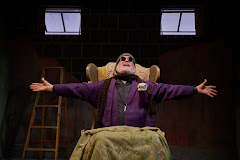




























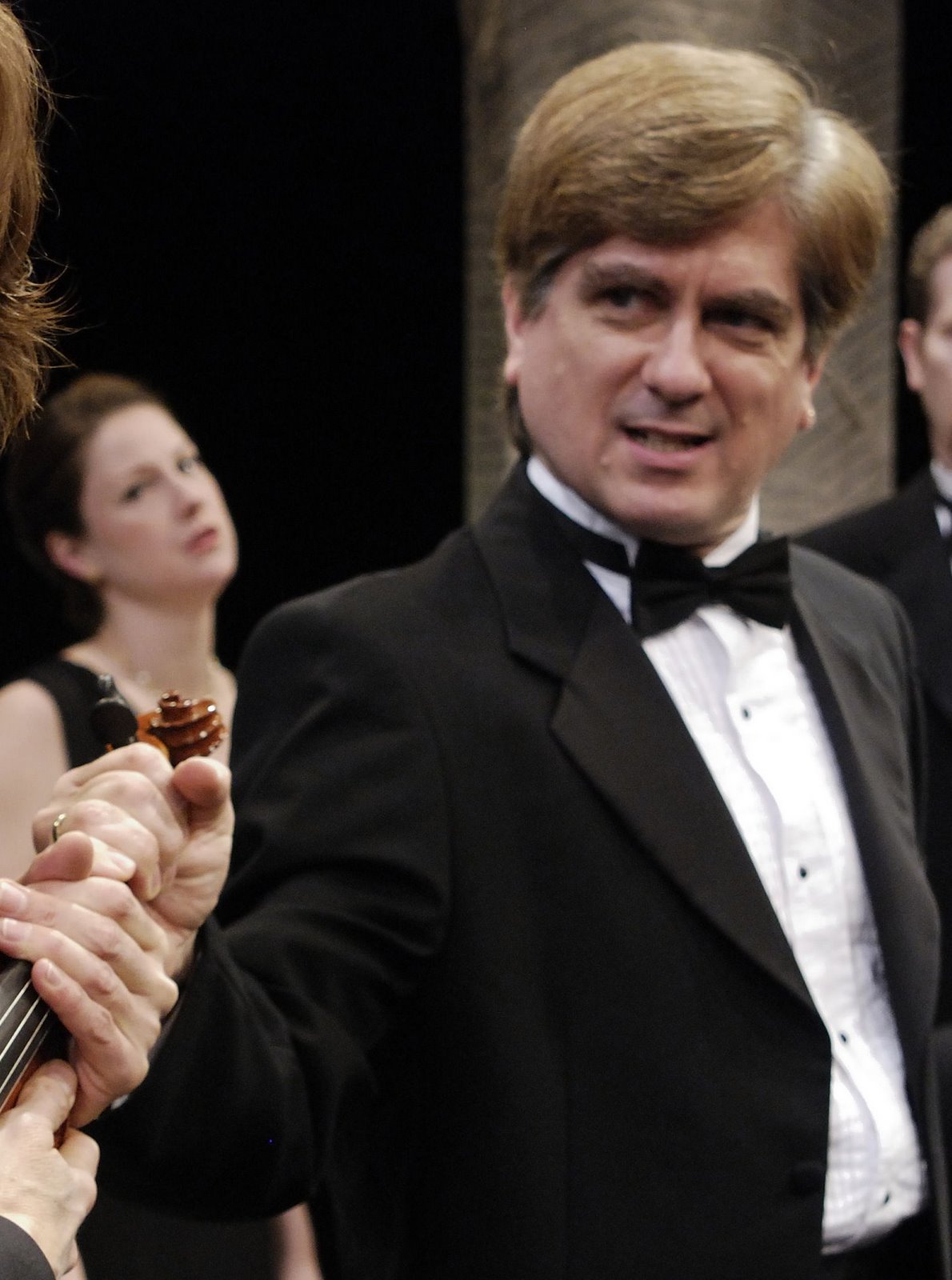

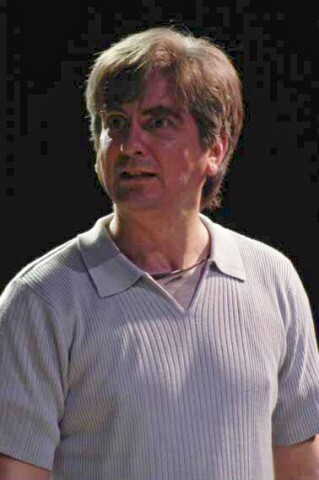
,+Olney+Theatre+Center,+2004.jpg)


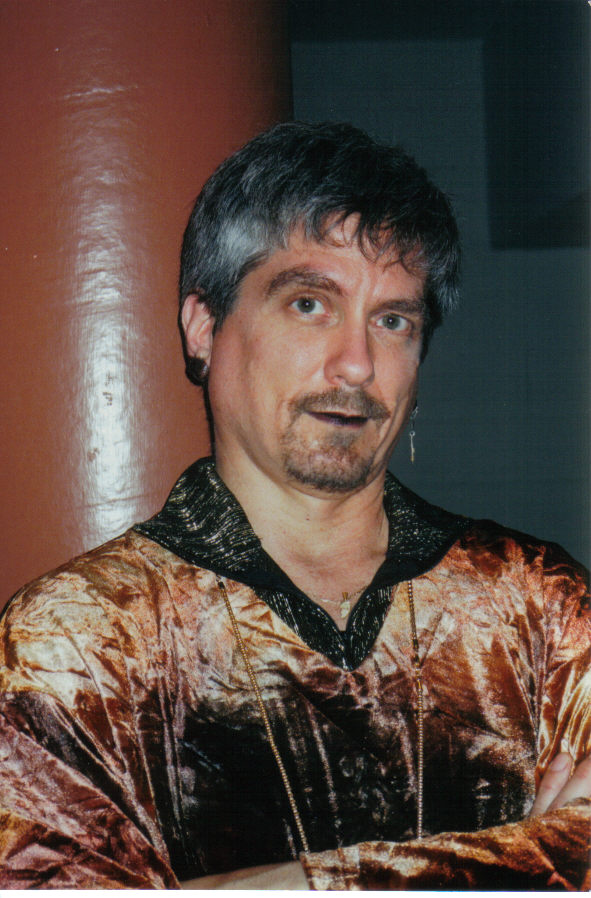
,+Shakespeare+Theatre+Company,.jpg)
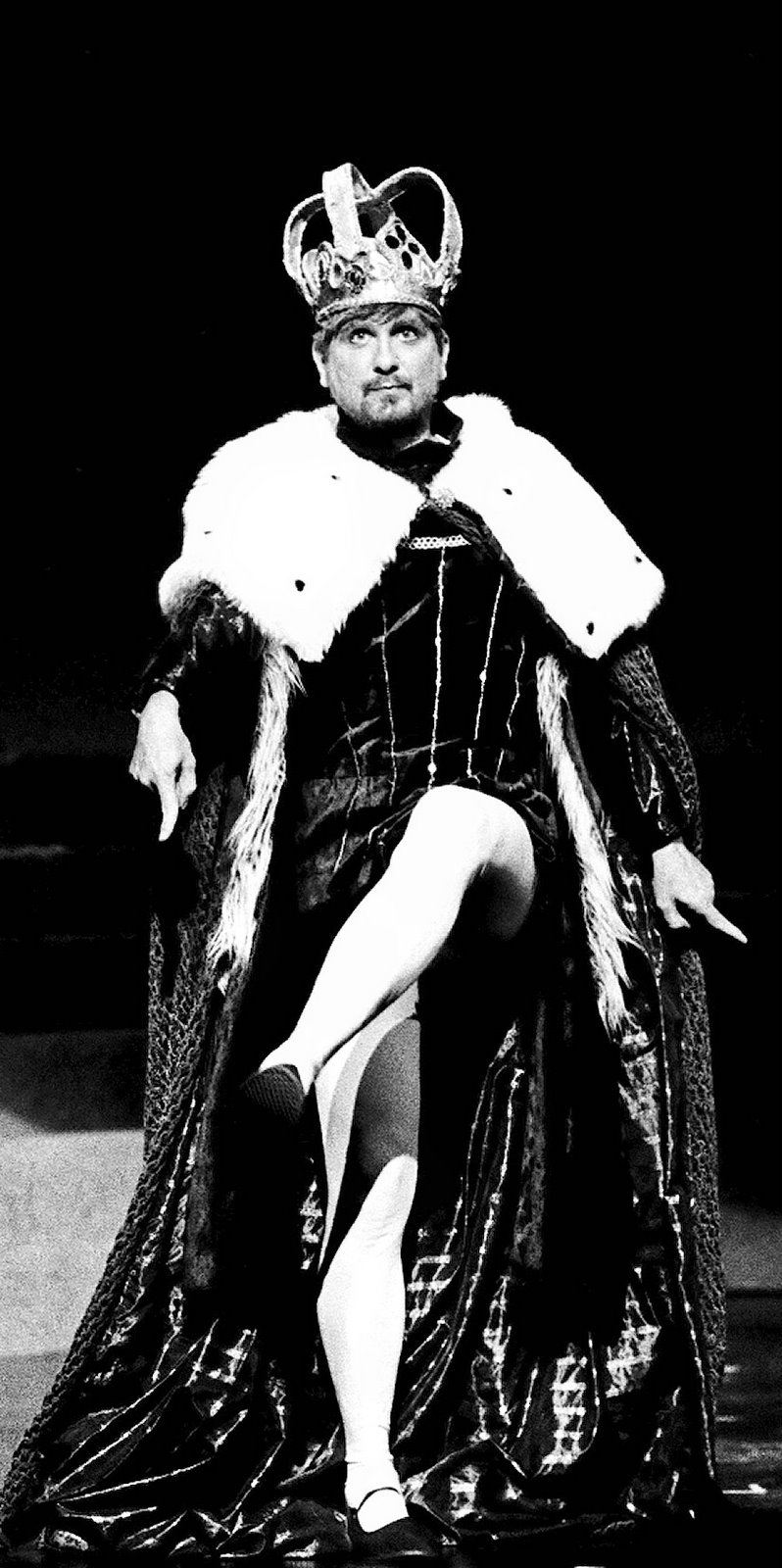

,+Warehouse+Theatre,+1999.jpg)
,+Are.jpg)
,+Everyman+Theatre,2002.jpg)
,+First+Nationa.jpg)
,+Shakespeare+Theatre+Company,.jpg)




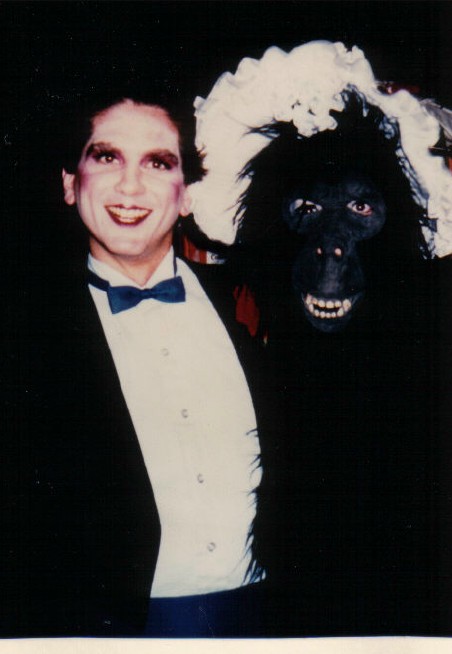
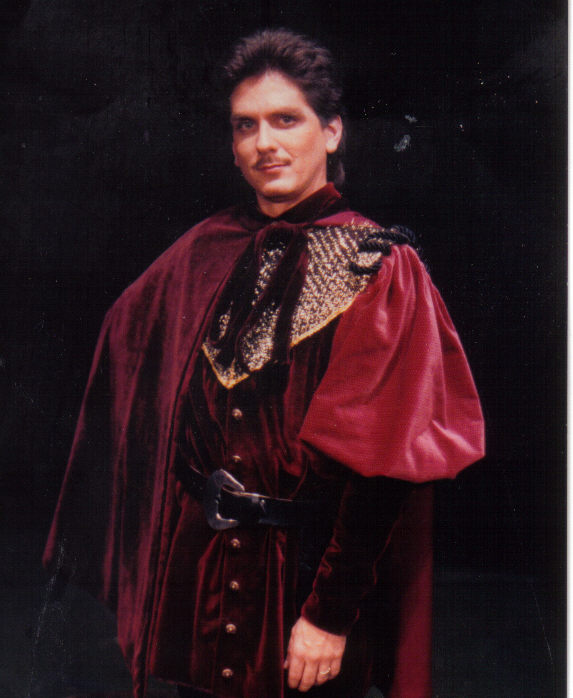
,+Granada+Th.jpg)
,+Globe+Playhouse,.jpg)
,+CSUN,+1976.jpg)


